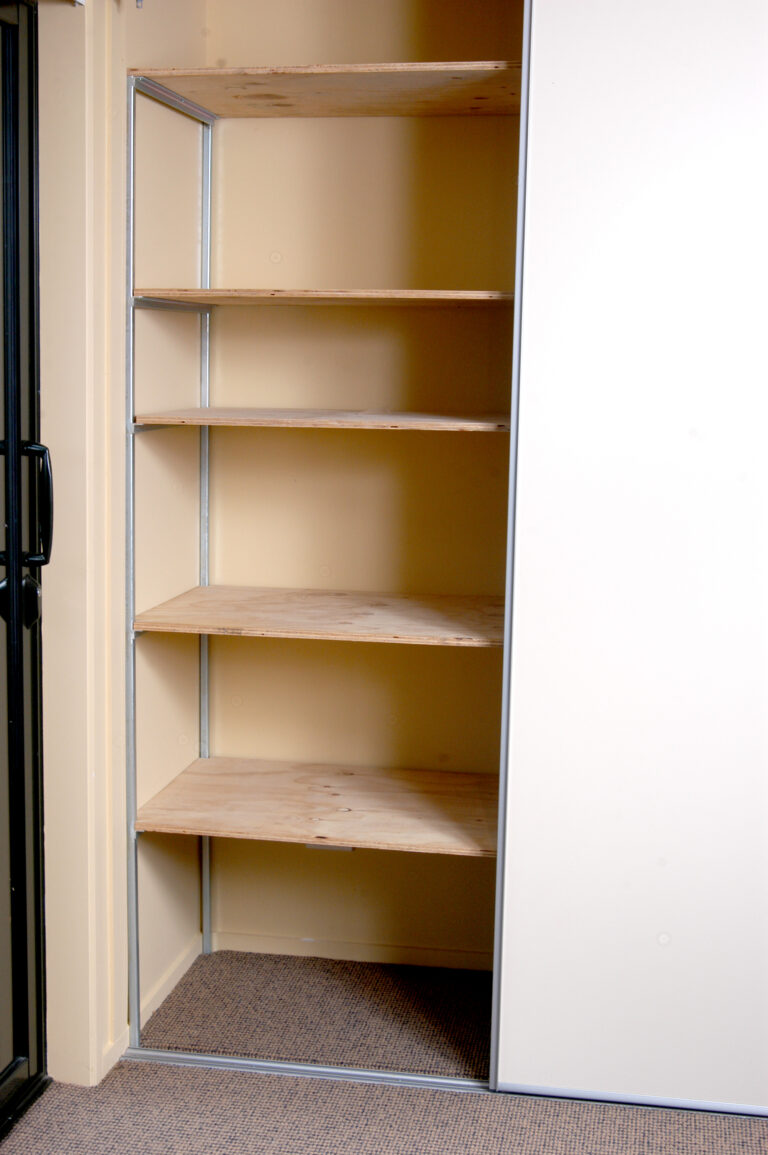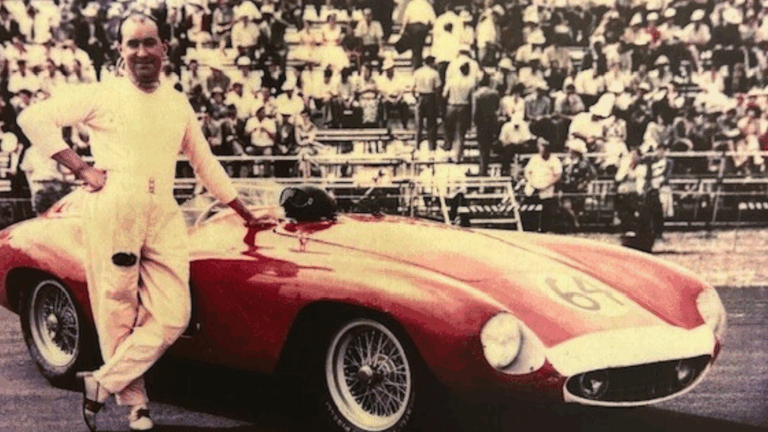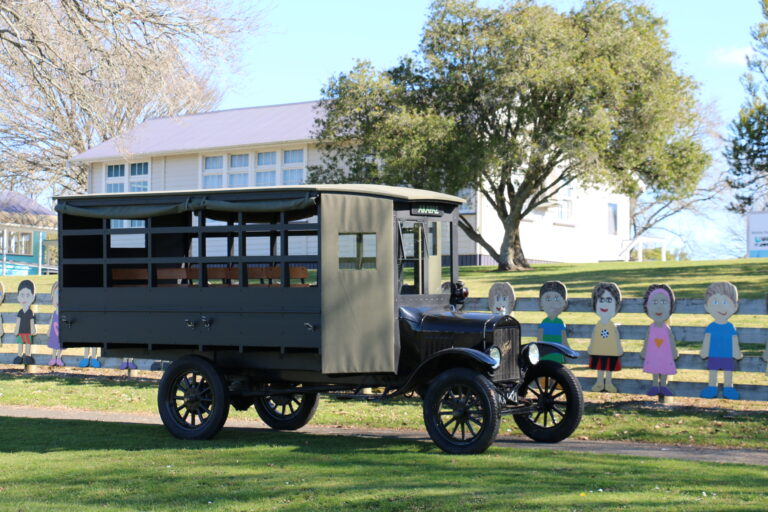Avoiding tinnitus
Some sound advice on protecting your hearing
By Ritchie Wilson
One of the things guitar legend Eric Clapton and I have in common is tinnitus.
Eric blames the years he spent in the band Cream, playing in front of the bass speakers of fellow band member Jack Bruce, who always had his amplifier turned up to 11.
One of the differences between Eric and myself is that the continual phantom ringing, which is a common form of tinnitus, doesn’t bother him. But it certainly bothers me and, I predict, it will bother you if you ever suffer from it. Tinnitus is usually associated with hearing loss and hearing loss is most commonly the result of exposure to loud noise. My slight hearing loss was probably caused by hammering on metal in the shed and going to rock concerts. I should have been much more careful about ear protection.
“I should have been much more careful about ear protection”
How your ear works
The ear has three parts: outer; middle; and inner. The inner ear has a spiral, fluid-filled tube called the cochlea which has tiny hair-cells projecting into it.
Sounds cause the hair-cells to move, the movement sends electrical signals to the brain, which interprets them as sounds. Loud noises cause the hair-cells to bend and stop moving. The brain interprets the lack of signals from the bent hair-cells as noise – the familiar ringing in the ear which the audience experienced after a Cream concert.
Usually, the hair-cells recover and, standing upright again, move in response to sounds. The ringing in the ears stops. Repeated exposure to loud noise causes more and more of the hair-cells to be irretrievably bent or broken until the ringing can be permanent. This is tinnitus.
“Some sounds actually reduce tinnitus”
What can be done?
Not everyone who has damaged hearing experiences tinnitus and not everyone who has tinnitus has damaged hearing, but the vast majority of tinnitus sufferers have hearing loss. So what can be done? Professor Grant Searchfield is the Director of the University of Auckland’s Hearing and Tinnitus Clinic and he is actively researching treatments. I heard Grant tell how he heard rumours that the illegal party drug ecstasy reduced tinnitus and set out to investigate this claim. He gained permission to give ecstasy to tinnitus sufferers but then ran into a problem. He couldn’t find enough victims of tinnitus who were prepared to take the drug. He thinks it’s probably not very effective in most cases anyway and it does have noticeable side effects.
A psychologist has told me that mindfulness training can be beneficial in coping with the incessant sound, inaudible to everyone but the sufferer. It won’t reduce the sound’s level but will promote acceptance of the condition.
Prevention makes very good sense.
Some sounds actually reduce tinnitus. For instance, I can’t hear it when I am driving in my car. Either the sound of the car’s movement or the concentration needed to navigate the local roads, causes my brain to lose focus on the lack of information coming from my ears and to cease hearing the phantom ringing. Tinnitus is an example of prevention being better than cure – because there doesn’t seem to be a cure. My advice is to wear ear protection much more often than is commonly done.
Wear ear-muffs when shooting, hammering, mowing the lawn or being near to anything which is noisy. Even slightly noisy. When things in the shed get noisy, stop what you are doing and put on the earmuffs. Get extra muffs for visitors or children. If your workplace is noisy religiously wear ear protection; it’s all cumulative and you may be nearer to suffering from tinnitus than you imagine.



